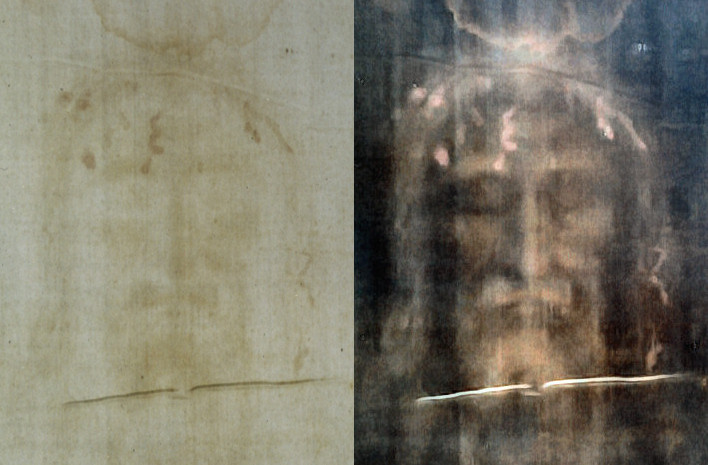The Shroud of Turin, an enigmatic linen cloth measuring approximately 4.4 meters in length, has fascinated researchers and believers alike for centuries. This artifact, believed by many to be the burial shroud of Jesus Christ, features a striking image of a crucified man, complete with distinctive facial features and bodily markings. Despite extensive scientific investigations, the origins and the method behind the creation of this image remain a compelling mystery. Recent research has uncovered intriguing evidence of an unidentified radiation source contributing to the image’s formation, further complicating the narrative and challenging existing scientific explanations.
The Radiative Enigma
Recent studies surrounding the Shroud of Turin have turned up unexpected findings, revealing a peculiar form of radiation that seems to have contributed to the image imprinted on the cloth. This unexpected discovery leads to several crucial inquiries concerning the nature of this radiation. Interestingly, scientific models fail to support the idea that a deceased body emits the necessary electromagnetic radiation to leave an imprint on fabric. This anomaly urges the scientific community to reconsider the existing explanations about the Shroud’s formation and to seek alternative theories that could account for the image’s properties.
Discovering the Unknown Source
Researchers utilized various wavelengths of light to illuminate the shroud’s image, leading to fascinating and perplexing conclusions. The consensus is that the image did not result from common processes such as embalming or direct contact with a body. Instead, it appears to stem from an enigmatic radiation that potentially initiated chemical reactions within the cellulose fibers of the linen. However, this theory encounters skepticism, as the amount of radiation detected seems inconsistent with what could be expected from a cooling corpse.
A Methodology of Reconstruction
To deepen their investigation, experts have employed cutting-edge techniques, including the reconstruction of a 1st-century weaving loom. This approach aims to facilitate further experimentation while carefully preserving the integrity of the sacred relic. The dedication to advancing these studies reflects the tension between faith and scientific inquiry, highlighting the shared desire to unlock the Shroud’s secrets without compromising its historical and religious significance.
Conclusion
As scientific research into the Shroud of Turin continues, the intersection of faith and science remains increasingly complex. The intoxicating allure of this ancient relic invites scholars to explore an array of innovative methodologies while posing demanding questions about the very essence of life, death, and the possibility of the divine. With each revelation, the mystery endures, urging deeper investigation into the historical and metaphysical implications of the Shroud.


